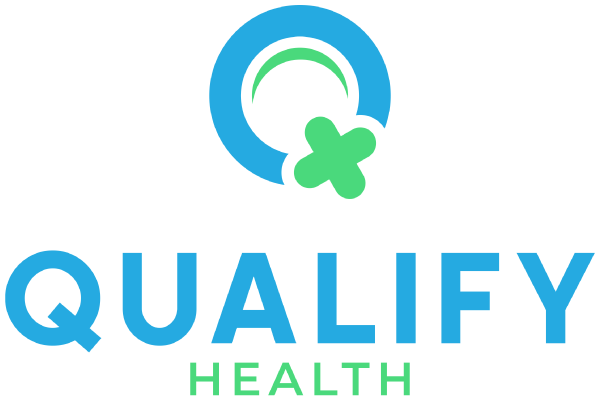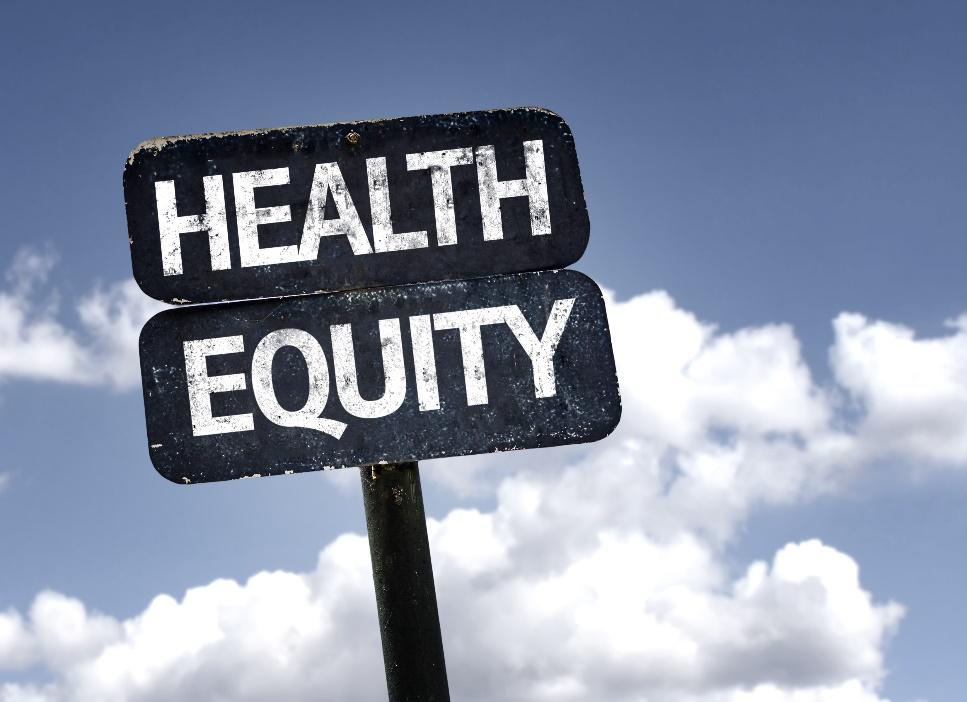Imagine needing a crucial medical appointment only to be met by the insurmountable obstacle of transportation. This is not just a hypothetical scenario, this is a stark reality for millions across the country.
There are five social determinants of health domains, and health care access and quality is one of them.
According to the American Hospital Association, each year, 3.6 million people in the United States do not obtain medical care due to transportation issues.
This blog delves deep into the complex interplay between transportation issues and patient health outcomes, exploring the challenges, highlighting the consequences, and unveiling potential solutions.
How Transportation Affects Patient Outcomes
Millions of people miss or delay healthcare because of transportation hurdles. Rural areas with limited public transit bear the brunt of this issue. Urban residents are far from immune. Car ownership limitations, cost constraints, and disability concerns can all create transportation barriers in cities.
The impact of transportation issues on health outcomes is not equally distributed. Low-income individuals, older adults, people with disabilities, and residents of underserved communities shoulder the burden. This worsens existing health disparities, creating a vicious cycle where lack of transportation leads to poorer health outcomes, further limiting their ability to access the very resources they need.
The consequences of transportation barriers impact patients in profound ways:
Missed and Delayed Care
According to the HFMA, 5% of all U.S. adults reported forgoing healthcare due to transportation barriers.
Difficulty reaching appointments leads to missed screenings, delayed diagnoses, and non-adherence to treatment plans. These missed opportunities can worsen chronic conditions like diabetes or heart disease, increasing the risk of complications and ultimately leading to poorer health outcomes.
Stress and Anxiety
The uncertainty and stress associated with securing transportation add an additional layer of burden. Patients worry about missing appointments, potential health consequences, and the financial strain it may cause, impacting their overall well-being.
Financial Strain
The cost of alternative transportation, missed work due to appointments, and potential penalties for missed appointments can create a significant financial burden, further hindering access to healthcare.
Addressing Transportation Issues that impact patient outcomes
Addressing this complex problem requires a multi-pronged approach. Multiple strategies should be employed to bridge the transportation gaps for patients. All stakeholders must collaborate to proffer solutions to this problem.
Public Transportation Expansion
Expanding public transit coverage, frequency, and affordability, particularly in underserved areas, is crucial to increase accessibility. Imagine convenient bus routes or affordable rail connections bridging the gap between patients and healthcare facilities.
Transportation Assistance Programs
Government and community-based programs offering vouchers, rideshares, or volunteer-driven transportation can provide vital support. Picture voucher programs easing financial constraints or volunteer drivers offering a friendly face and reliable ride to appointments.
Telehealth Services
Expanding access to telehealth services can offer a valuable alternative for certain appointments, reducing travel needs. Imagine consultations with specialists happening virtually, eliminating the need for lengthy journeys and long waits in waiting rooms.
Healthcare System Initiatives
Hospitals and clinics can play a crucial role by exploring transportation partnerships, offering flexible scheduling options, partnerships with local transportation providers or flexible appointment times catering to patient needs, making healthcare more accessible.
Conclusion
The road to improved health outcomes and health equity lies in dismantling the transportation barriers that impede access to health care.
By raising awareness, advocating for accessible, affordable, and reliable transportation options, and supporting organizations addressing this issue, we can collectively unravel the tangled web and weave a path toward a future where healthcare is truly within reach for all. Let’s bridge the gap in transportation, and in doing so, bridge the gap in healthcare access.
Sourcing funds for managing long-term or chronic illness is a key element needed to reduce the financial burden placed on patients.
Qualify Health’s Patient Financial Advocacy solution makes it easy for hospitals to help their patients obtain financial assistance such as co-pay premium, transportation assistance, and more. This financial assistance enables patients to pay for the treatment they need as well as living expenses instead of having to choose.
For more information about Patient Financial Advocacy Solutions, contact Qualify Health at (888)770-7191.





